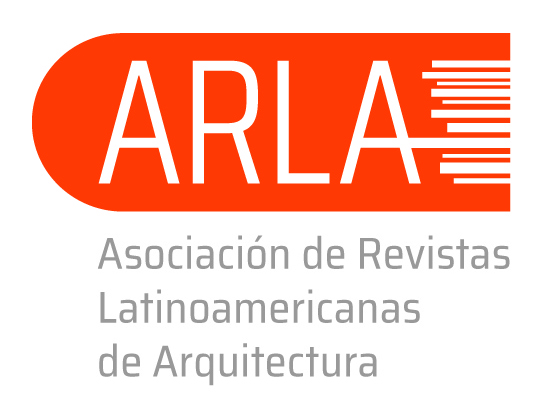Dimensions of the collective map of displacements
Experience as a participatory tool in the Obligado neighborhood
DOI:
https://doi.org/10.14409/ar.v10i18.9042Keywords:
Methodology, Participatory development, Higher Level EducationAbstract
In the framework of an exploratory study with the epistemological framework of action participation research and with an interpretive qualitative methodological approach, various dimensions were identified that refer to aspects or perspectives from which the Collective Mapping tool can be approached and analyzed. The research set out to promote participatory production that allows the reality of the actors in the territory to be objectified, and for this reason, their development resulted from the situation and variations in work with social organizations in the Barrio Rafael Obligado, San Miguel. The collective map production activities had as a trigger the non-motorized movements of people within the urban space of the neighborhood. It is recognized that the tool has: a dimension as a map, as a social fact, as an interview and observation, as a producer of collective knowledge and as an educational tool. This analysis provides a framework that encourages and encourages other participatory activities.
Published
How to Cite
Issue
Section
License
ACCESO ABIERTO
ARQUISUR Revista es una publicación de acceso abierto y sin ánimo de lucro. No se imputan cargos por la recepción, revisión, evaluación, publicación ni acceso a sus contenidos. Se distribuye bajo una Licencia Creative Commons CC Atribución-NoComercial-SinDerivadas 4.0 Internacional (CC BY-NC-ND 4.0): No se permite un uso comercial de la obra original ni la generación de obras derivadas. Esta licencia no es una licencia libre, y es la más cercana al derecho de autor tradicional.
DESCARGO
Los criterios expuestos en los artículos son de exclusiva responsabilidad de sus autores y no reflejan necesariamente la opinión del Comité Editorial ni de la Dirección Editorial Técnica. Los derechos de los artículos publicados pertenecen a sus autores o editoriales. Los autores ceden sus derechos de publicación al Centro de Ediciones de la Universidad Nacional del Litoral de Santa Fe, Argentina.














